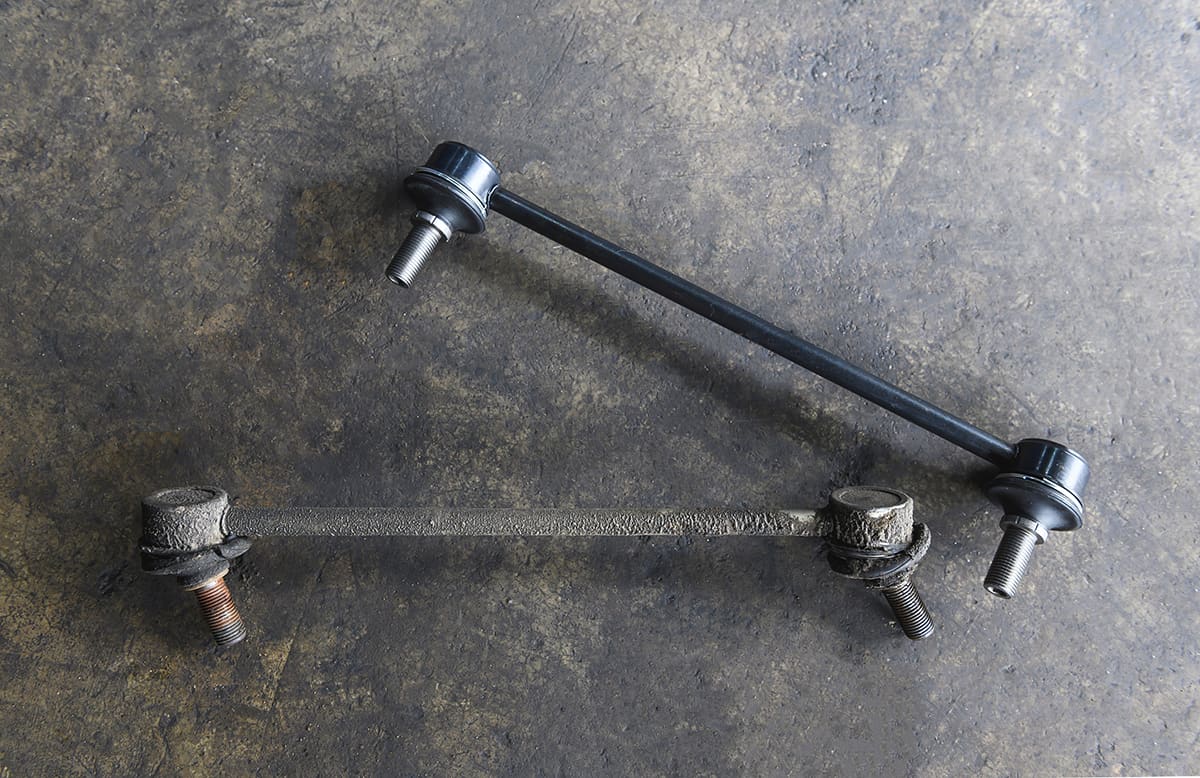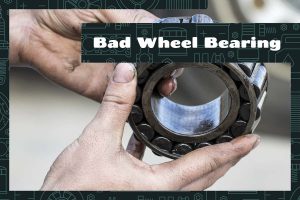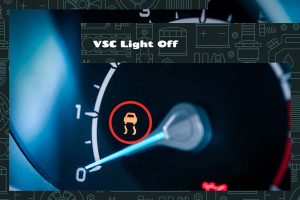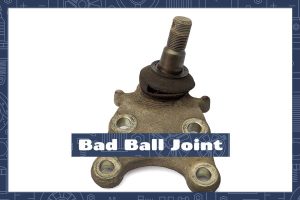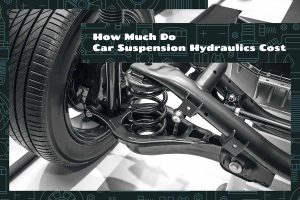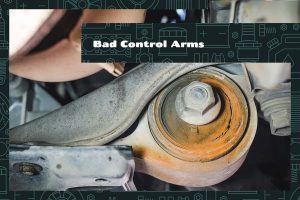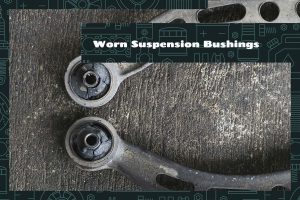Sway bars provide stability and enhance ride comfort. Despite their importance, they’re often overlooked until a problem arises. A faulty sway bar can drastically alter your driving experience, making your vehicle harder to handle and less safe. The signs of a bad sway bar can be subtle, but early detection can spare you from more significant problems down the line.
You can tell your car has a bad sway bar when:
- There’s increased body roll during turns
- You hear unusual clunking or rattling noises
- You experience noticeable steering difficulties
In today’s guide, we’ll dive deeper into the significance of sway bars, the common causes of their failure, and your repair options.
What Does a Sway Bar Do?
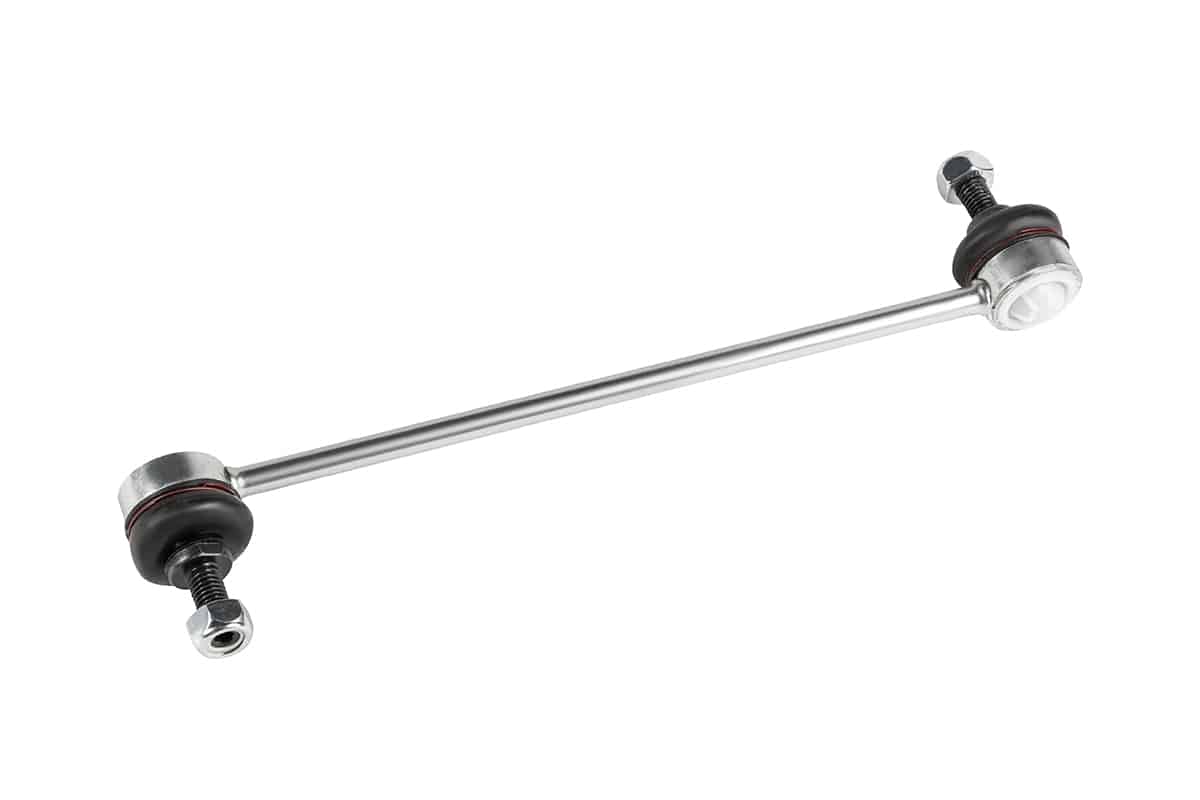
The sway bar, also known as an anti-roll bar or stabilizer bar, is a part of your vehicle’s suspension system. Its primary role is to minimize body roll or lean as your car navigates turns, enhances balance, and stabilizes the vehicle. By providing additional support and promoting uniform motion, the sway bar greatly improves your vehicle’s overall handling and safety.
The Function of a Sway Bar
The sway bar works by applying force to the suspension on both sides of the vehicle, achieving a level of balance. When you take a corner, the car’s weight shifts towards the outside of the turn, causing the body to roll or lean.
The sway bar counteracts this by creating resistance against the upward motion of the wheel on the inside of the turn and the downward motion of the wheel on the outside. This resistance helps the car remain more level, enhancing its stability and control.
The sway bar’s effectiveness is influenced by factors such as its thickness, length, and material composition. Most are made from high-grade steel and are designed to endure substantial forces. That’s why they are usually one of the last components to fail in a vehicle’s suspension system.
How the Sway Bar Affects Ride Quality
The sway bar doesn’t just enhance vehicle control and safety, but it also contributes to a smoother, more comfortable ride. By reducing body roll, it minimizes the lateral motion that passengers might experience during sharp turns or at high speeds. The result is a less jarring, more comfortable journey, particularly when navigating winding roads or uneven surfaces.
Despite the considerable benefits, a sway bar’s impact on ride comfort can be a double-edged sword. A stiffer sway bar, which effectively reduces body roll, can make a car feel rigid or harsh over bumpy roads. On the other hand, a softer sway bar may provide a smoother ride over rough surfaces but allow more body roll during turns.
In performance vehicles or those used for racing, thicker, stiffer sway bars are often employed to provide maximum stability at high speeds. However, everyday passenger vehicles typically have a balance between the two extremes to offer a mix of comfort and stability suitable for most driving conditions.
The Sway Bar and Your Car’s Suspension
The sway bar is attached to the car frame using bushings and to the suspension system with links, working in harmony with other suspension components. Its performance greatly impacts other parts of the suspension, such as the struts and shock absorbers. In essence, the sway bar is the conductor, orchestrating the symphony of forces at work as your vehicle moves.
A properly functioning sway bar isn’t just about comfort or performance. It’s a key safety feature, providing predictable handling and preventing rollovers in extreme situations. If your sway bar is damaged or worn out, it can compromise your car’s stability and safety.
Causes of Sway Bar Problems
Sway bar issues can emerge from various sources and can manifest in a variety of ways. This section delves into the most common reasons for sway bar failure, providing you with insights into the issues that may affect this crucial part of your car’s suspension system.
1. Faulty Sway Bar Link
The sway bar link, a short rod with bushings on either end, connects the sway bar to the car’s suspension. The link transfers the force exerted during a turn, helping control body roll. However, due to its high-stress position, it can wear out, break, or become damaged, resulting in the sway bar losing its effectiveness.
2. Wear and Tear
Sway bars are designed to withstand extreme pressure and a significant amount of abuse, but they can succumb to normal wear and tear. General aging can lead to reduced effectiveness of the sway bar.
A common part of the sway bar to wear out is the bushings. The bushings, usually made of rubber or polyurethane, hold the sway bar in place and absorb some of the energy during movement. Over time, these bushings can degrade, become loose, or crack, causing the sway bar to move more than it should.
3. Accidents and Collisions
While sway bars are robust, they aren’t invincible. Significant trauma to your vehicle, such as a car accident or collision, can damage the sway bar or its components. Potholes or impacts with curbs can also result in harm to your sway bar. Damage from accidents can result in bent or broken sway bars or links.
4. Rust and Corrosion
While not as common, rust and corrosion can also lead to sway bar problems. Most sway bars are coated or treated to resist rust, but if the coating gets chipped or damaged, it can expose the metal to moisture, leading to rust. Rust can weaken the sway bar and its links, potentially causing them to fail.
Spotting the Symptoms of a Bad Sway Bar
Here, we’ll discuss the common signs that might indicate your sway bar or its components need attention. Keep in mind these symptoms can also point to other issues, so it’s important to have your car inspected by a professional to confirm the diagnosis.
1. Increased Body Roll During Turns
If you notice your car leans more than usual while turning, or if you feel like you’re wrestling the steering wheel more than you should, it might be time to inspect your sway bar. This symptom results from the sway bar’s inability to properly distribute the forces during a turn, causing the vehicle to tilt more than it should.
2. Unusual Noises
Damaged sway bar links or bushings can generate a range of unusual sounds, especially when driving over bumps or turning corners. Clunking, rattling, or knocking noises coming from the undercarriage can be a tell-tale sign of a sway bar issue. If the bushings are worn out, the sway bar might hit other parts of the suspension, resulting in these noises.
3. Steering Difficulties
A faulty sway bar can also affect your steering capabilities. If your sway bar isn’t working as it should, it may lead to a sluggish response when steering or a noticeable reduction in steering precision. The car might also feel unstable or less controlled, especially when taking sharp turns.
In severe cases, you might experience a pull to one side, which means the vehicle drifts to the left or right when you’re trying to drive straight. These symptoms can also be signs of other suspension or steering issues, so it’s essential to get a professional diagnosis.
4. Uneven Tire Wear
While less common, uneven tire wear can be a symptom of a sway bar issue. If the sway bar isn’t properly controlling body roll, one side of your car might bear more weight than the other during turns, leading to uneven tire wear. If you notice that your tires are wearing out more on one side or have an irregular wear pattern, it could be a sign of a sway bar problem.
Repairing and Replacing a Bad Sway Bar
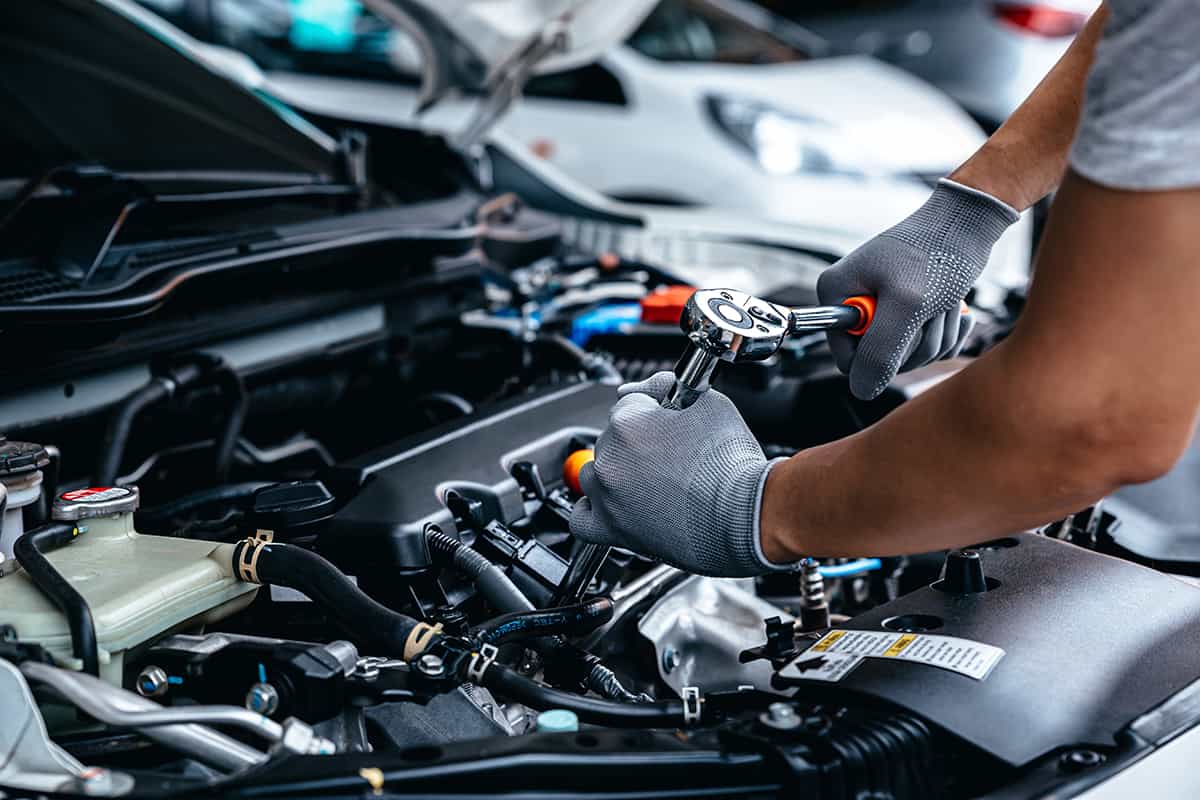
Once you have identified that a faulty sway bar is indeed the problem, the next step is to repair or replace the problematic components. This section will guide you through what to expect during the repair process, potential costs, and how to choose the right parts for your vehicle.
Can a Sway Bar Be Repaired?
In most cases, a faulty sway bar link or worn-out bushings are the problem, rather than the sway bar itself. The good news is that these components can often be replaced individually without needing to replace the entire sway bar. However, if the sway bar itself is damaged, such as being bent or cracked, it will likely need to be replaced.
The Repair or Replacement Process
The repair or replacement process for a bad sway bar or its components involves several steps. Here’s a brief overview:
- The vehicle is lifted to access the sway bar.
- The damaged or worn components are identified and removed. This could include the sway bar itself, the sway bar links, or the sway bar bushings.
- New parts are installed in place of the old ones.
- Once the replacement parts are installed, the mechanic will likely test drive the vehicle to ensure everything is functioning correctly.
The Cost of Sway Bar Repair or Replacement
The cost of repairing or replacing a sway bar can vary widely, depending on several factors. These factors include the make and model of your vehicle, the specific parts that need to be replaced, labor costs in your area, and whether you choose to use OEM (Original Equipment Manufacturer) or aftermarket parts.
As a general range, you can expect to pay anywhere from $100 to $400 for sway bar link replacement and around $200 to $800 for sway bar replacement. Remember that these are just estimates, and the actual cost could be higher or lower.
